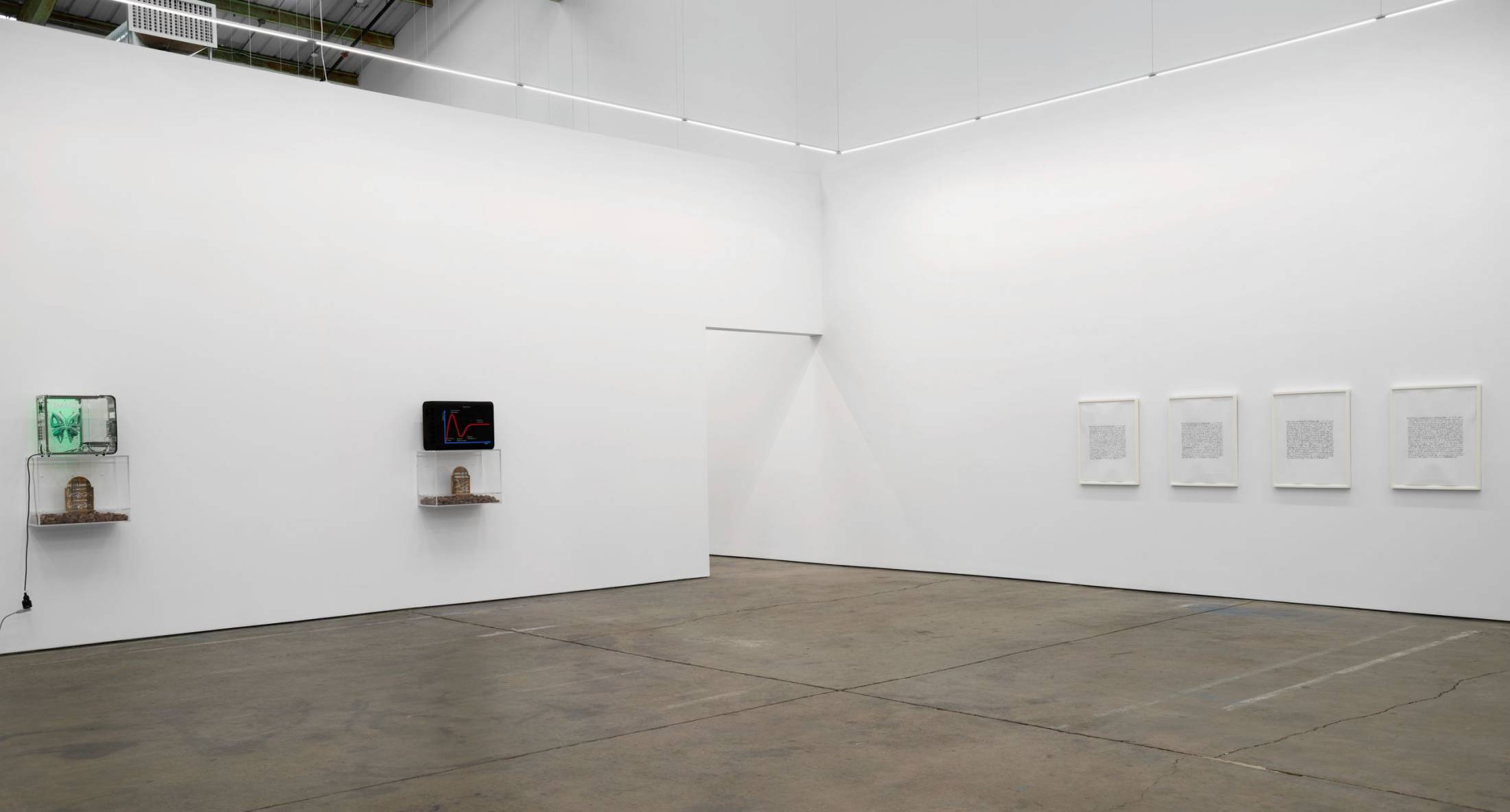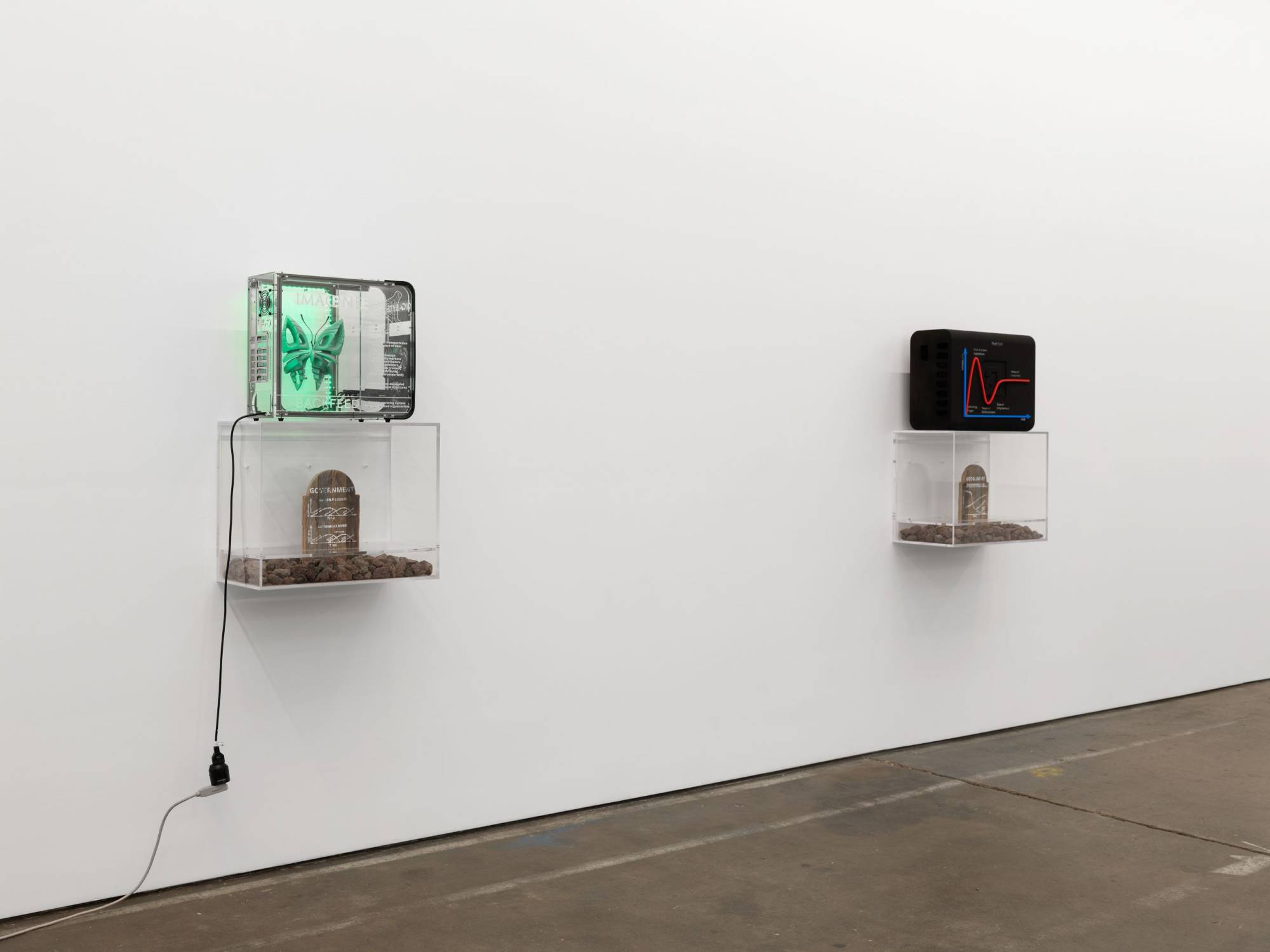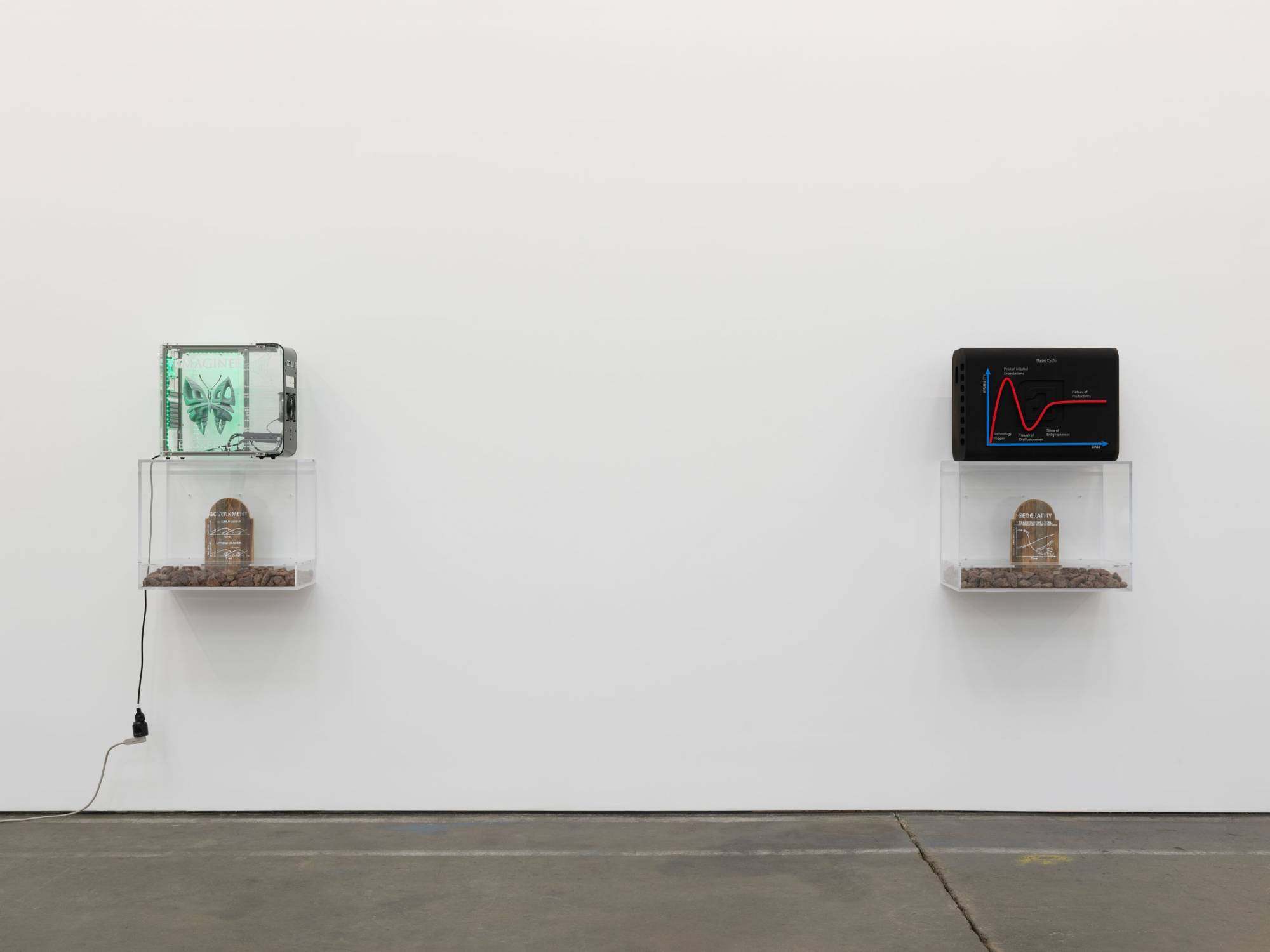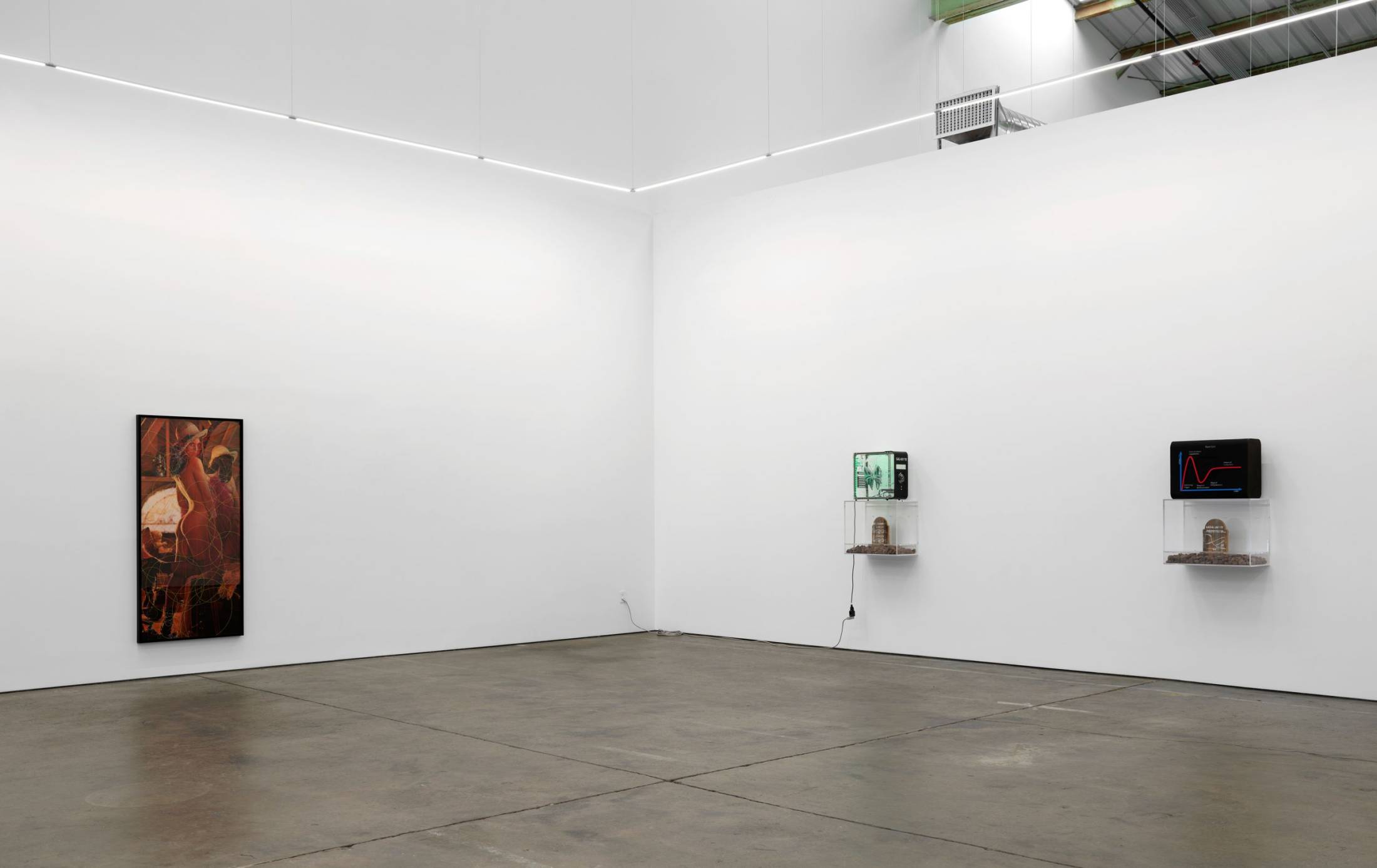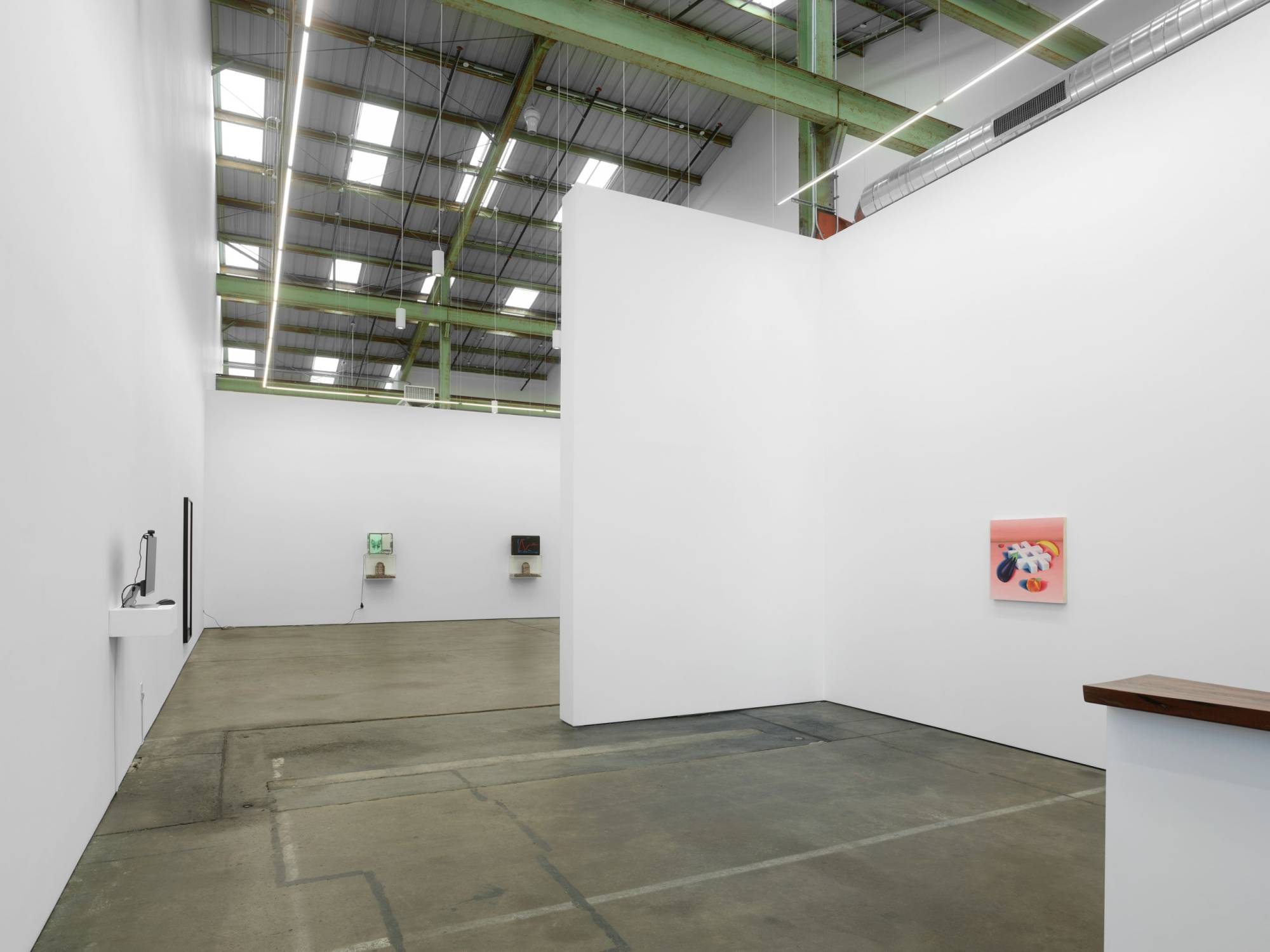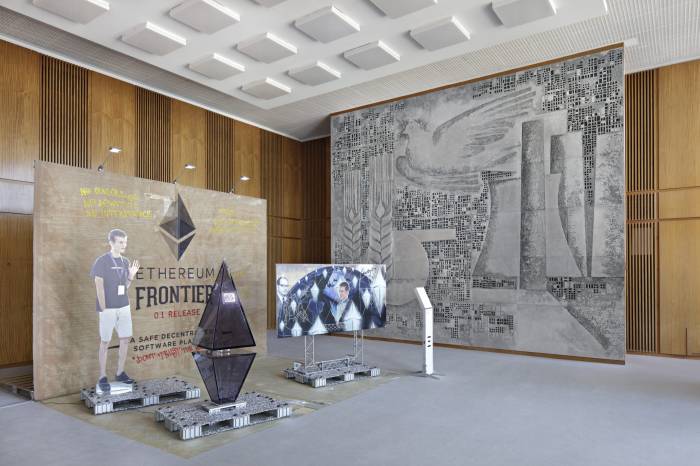In the US and elsewhere, legal scholars are occasionally called upon to beat back challenges to copyright laws that would render unlawful this norm of borrowing in the service of social, art historical, cultural or political commentary. Until very recently, the standard of the Copyright Act protected such works as “Fair Use” if the reproduction was deployed to express a new or “transformative” meaning or message. A recent challenge to Andy Warhol’s fair use of a source image is currently working its way through the American legal system after a decision against the Andy Warhol Foundation. If upheld, the case will dramatically limit artists’ ability to freely engage these tactics of copying a repurposing in the service of artistic expression.
Fair Use: What’s Mine is Yours is a project born of conversations between Alison Gass, Executive Director and Chief Curator at the ICA San Jose and her brother Andy Gass, partner at Latham Watkins and Copyright law expert. As Ali gave Andy a crash course in the history of appropriation and pastiche in modern and contemporary Western art practice, as he prepared to represent the Andy Warhol Foundation, the idea was born for an exhibition looking at the various ways these legacies extend into artists practice today in relevant and critical ways. The theme felt like a natural fit for the Altman Siegel gallery program with a few additional artists. “Working with Claudia and the artists in her program to explore these themes has been an exciting way to test this exhibition idea. The response of artists to the prompt of thinking critically about themes of appropriation, borrowing, scavenging and scraping, made me realize there is something here that deserves further attention!” Alison explains.
With this precarious moment for appropriation art as its backdrop, this exhibition looks broadly at the norms and practices of appropriation and transformative art practice that owe a conceptual debt to the artists of the Western modern and post-modern era and perhaps a legal debt to the scholars who argue for the “Fair Use” standards. Today, images are reproduced, shared and re-used at a rate unimaginable to the earlier artists who were commenting on the new languages of pop culture or celebrity culture. Our current technological infrastructure and a culture of accessible imagery and shared usage makes “Fair Use” a necessary tactic for many artists doing the job of reflecting, investigating, or challenging the reality of our global experience. Beyond the confines of the art world, issues of copyright, intellectual property and fair use remain at the surface of Silicon Valley conversations, as innovators build upon existing platforms to further imagine our 21st century reality.
